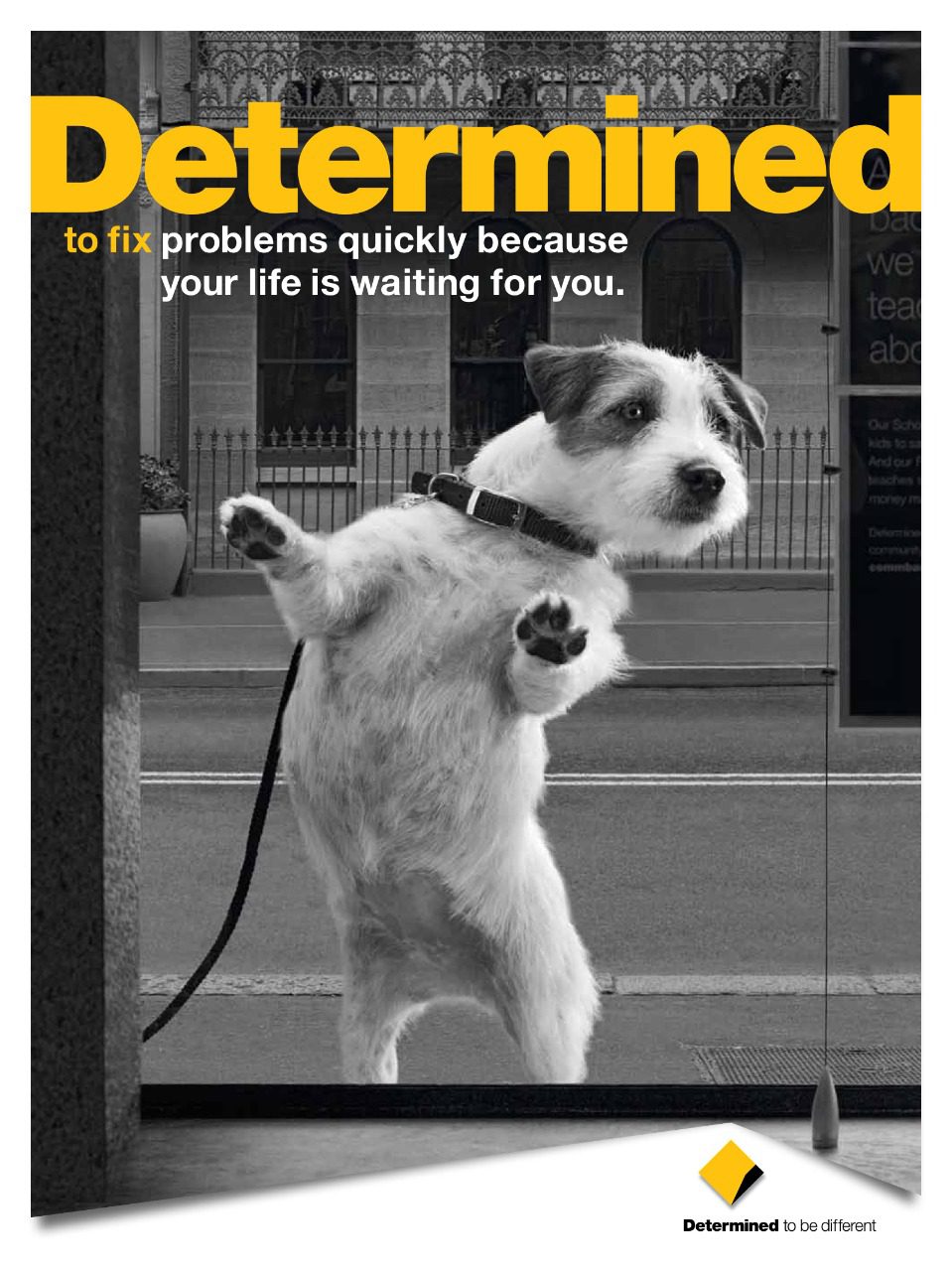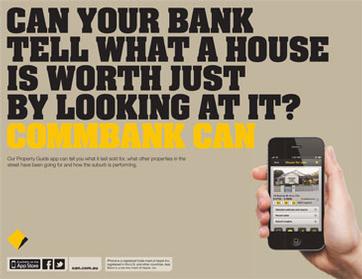The Reserve Bank board minutes released on March 21 made a show of officially agreeing “to reconsider the case for a pause at the following meeting, recognising that pausing would allow additional time to re-assess the outlook for the economy”.
Of equal intelligence, the minutes could have noted that members believe the sun tends to rise in the east, bears are said to defecate in the woods and the pokie machine lobby owns the NSW government.
In other words, the minutes were stating the bleeding obvious and managed to sound rather silly about it as well.
There is nothing new about the board considering whether to lift rates, lower them or leave them steady at its monthly meeting – it is what the meeting is for. Ditto assessing and re-assessing the outlook for the economy.
So the statement at face value was inane – but the point of making it wasn’t to be taken at face value.
It was a clumsy little shadow play as the RBA nudges closer to stopping its record run of interest rate hikes.
Strong use of the Governor’s jawbone has fallen out of favour since his infamous suggestion of “no rate increases until 2024”. Now it’s more a matter of lip parting – the gentle art of appearing to be about to say something without saying it.
Time to pause hikes
It’s all the sillier because the RBA has already made an extremely strong case for at least pausing its record run of interest rate increases, if not outright calling time on them unless and until fresh data emerges to frighten the horses.
As previously reported by The New Daily, at the end of last year, real household per capita disposable income had fallen further than it did during the harsh early 1990s recession.
We’ve had two more interest rate increases since then.
What’s more, the RBA boffins have tweaked their best guess about how much household disposable income will be eaten up by mortgage repayments when all the cheap fixed-interest loans have rolled over early next year.
On March 8, Governor Lowe noted mortgage repayments’ share of disposable income would reach a record level of about 9.5 per cent – officially burying Baby Boomers’ claims about doing it tougher than present youngsters because they suffered rates of 18 and 19 per cent. While rates were higher back in the day, the price of housing and the size of loans were much lower. And he had a graph to prove it.
But 12 days later, RBA assistant governor Christopher Kent delivered a speech with a remarkably similar graph – except that it showed very nearly 10 per cent of disposable income would be sucked up by mortgage payments. That’s if the cash rate doesn’t move from the present 3.6 per cent.
Being sacrificed
That 10 per cent is of total household disposable income – but only 35 per cent of us have a mortgage, which should immediately tell you how severe the impact is going to be on those with big mortgages taken out in the past few years.
The adjustment for Christopher Kent’s speech has me wondering if the RBA research department also has been revisiting its work back in October of what a 3.6 per cent cash rate would do to borrowers’ cash flow.
The October thinking was that about a third of borrowers would see their spare cash cut by at least 40 per cent. Very nearly 15 per cent of them would have their disposable cash wiped out – or worse.
That imposes severe hardship on one group of people in an attempt to slow demand by everyone. They are not merely “taking one for the team”, they are being sacrificed for it.
The post Michael Pascoe: RBA has already made the case for stopping its rate rises appeared first on The New Daily.
</imgsrc=””>

















